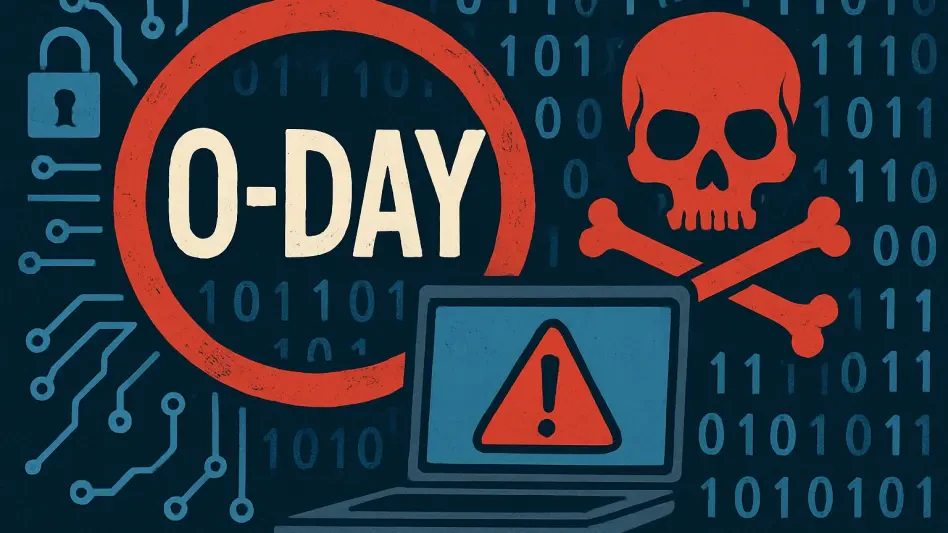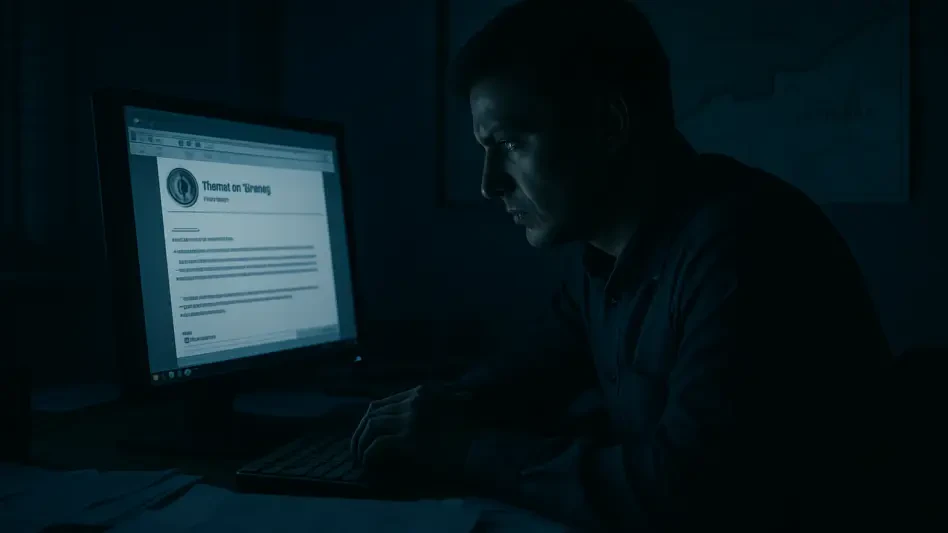In an alarming development for internet security, a critical zero-day vulnerability in Google’s Chrome browser has been actively exploited by malicious actors, marking the sixth such incident addressed this year. This flaw, alongside other high-severity bugs, poses a severe threat to millions of users across various platforms, including Windows, macOS, and Linux. With cyber threats becoming increasingly sophisticated, the rapid discovery and patching of these vulnerabilities underscore the ongoing battle between tech giants and cybercriminals. The urgency to update software cannot be overstated, as delays could leave systems exposed to potential attacks that exploit these gaps. This latest patch by Google highlights not only the persistent vulnerabilities in widely used software but also the critical role of timely updates in safeguarding user data and system integrity. As details emerge about the nature of these flaws, the focus remains on understanding the risks and ensuring protection against such exploits.
1. Uncovering the Latest Threat
The most pressing issue in this security update is a zero-day flaw tracked as CVE-2025-10585, identified as a type confusion bug within Chrome’s V8 JavaScript engine. Discovered by Google’s Threat Analysis Group (TAG) just a day before the patch was released, this vulnerability is already under active exploitation in the wild. The flaw, resolved in Chrome version 140.0.7339.185/.186, affects users across multiple operating systems. While specific technical details are withheld to prevent further misuse, the nature of a type confusion error suggests serious risks, as it can lead to memory corruption. Attackers could potentially manipulate this to execute arbitrary code, bypassing Chrome’s security sandbox or even gaining full control over a user’s system if combined with other vulnerabilities. This incident is a stark reminder of the critical importance of the V8 engine in processing JavaScript and the devastating impact of flaws within it. Users must prioritize updating their browsers to mitigate these dangers before they can be further exploited by malicious entities.
2. Addressing Additional Vulnerabilities and Past Incidents
Alongside the critical zero-day flaw, the latest Chrome update also resolves three other high-severity bugs: CVE-2025-10500, a use-after-free issue in Dawn reported on August 3; CVE-2025-10501, another use-after-free in WebRTC submitted on August 23; and CVE-2025-10502, a heap buffer overflow in ANGLE discovered on August 12. This patch marks the sixth instance this year where a zero-day exploit in Chrome was actively targeted and subsequently fixed, reflecting a troubling pattern of recurring security challenges. Earlier patches addressed similarly severe issues, including a sandbox escape flaw in July and an out-of-bounds read/write bug in V8 during June. These repeated incidents highlight the persistent efforts of threat actors to exploit browser weaknesses. To stay protected, users are urged to update Chrome to the latest version by navigating to Settings > About Chrome and restarting the browser after the update. Looking back, the swift response to these threats demonstrates Google’s commitment to security, and moving forward, maintaining vigilance with regular updates remains essential for safeguarding against future exploits.








